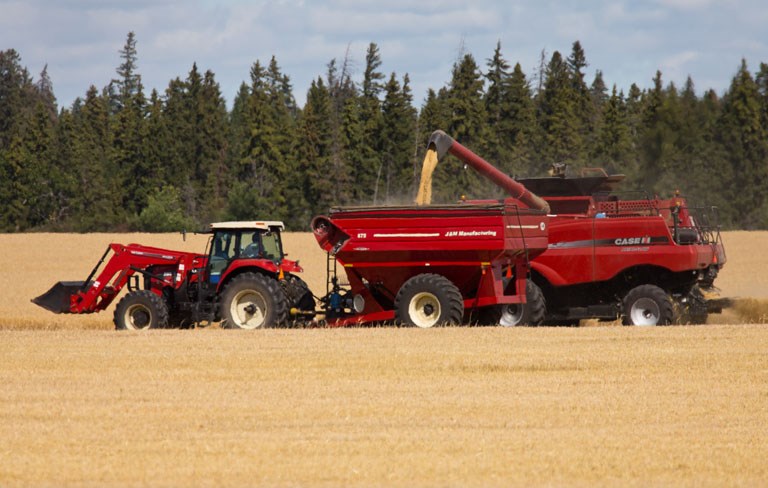Job numbers have returned to pre-pandemic levels in most major industries in Alberta, but employment in agriculture continues to fall.
There were 8,700 fewer people employed in the agriculture sector in Alberta this June compared to the same time in 2023, a 19 per cent decrease, according to labour force data from Statistics Canada. Over the last 10 years, employment in agriculture has shrunk by 44 per cent.
Long-term trends in farm consolidation and increased mechanization are responsible for the elimination of many of these jobs. In some sectors, however, operators are struggling to fill the positions that are available.
For beef producers, finding additional help has been more challenging over the last few years, said Brad Dubeau, general manager at Alberta Beef Producers. This labour gap is most noticeable in the feeding sector.
“We see more demand for the additional help in the feeding sector. And our feedlots continue to struggle to try to find employees. It’s an ongoing battle,” Dubeau said.
“It's harder to draw people into more rural settings. The rural settings are where our feeding sector and our ranchers or our cow-calf producers are.”
A survey from the Canadian Agricultural Human Resource Council found almost half of agriculture employers in Alberta were unable to hire all the help they needed. The top impediment to recruitment given by employers was the rural location of their operation, with over 60 per cent of respondents saying the location doesn’t interest workers.
In the recent past, these jobs might have been taken by locals in rural communities. More of those people, and especially younger generations, are migrating to urban centres, Dubeau said.
The labour vacancy rate in agriculture is one aspect “of a wider conversation about keeping healthy rural communities,” he said.
“We need doctors. We need lawyers. We need accountants. We need veterinarians. There are a lot of smaller rural community areas, communities that are struggling with so many of the essential services. And we are one of those essential services that are typically located.”
Grain and oilseed producers are less reliant on seasonal employees than other agriculture sectors, said Shannon Sereda, director of government relations, policy and markets for Alberta Grains, and in the short-term labour shortages are being felt more in the ancillary services these farmers rely on.
“Getting Class 1 drivers, and custom hauling, and that kind of service is where farmers will see more of the pinch rather than having direct workers on farm, outside of family members,” Sereda said.
The drop in employment on the farms themselves has more to do with a natural attrition caused by an aging workforce, she said.
“Older workers, as we see across the board in all sectors, are leaving the workforce, and there's not as many younger workers to replace them,” Sereda said.
“Farm work can have a harder time attracting the youth, just because of the rural aspect of the work.”
The average age of farm operators in Alberta was 49.9 years old in 2001. With fewer young people entering the industry, the average age increased to 56.5 years old in 2021. The trend is already being felt by farm operators and is setting the industry up for a major labour crunch in the years ahead.
“I don't know that the industry is quite prepared for the leadership transition. Over the next 10 years, there are some statistics that estimate close to 40 per cent of farmers will be entering retirement during that period. As an industry, we really do need to be asking that question is how to get the next generation interested in farming or interested in in taking over the farm.”



